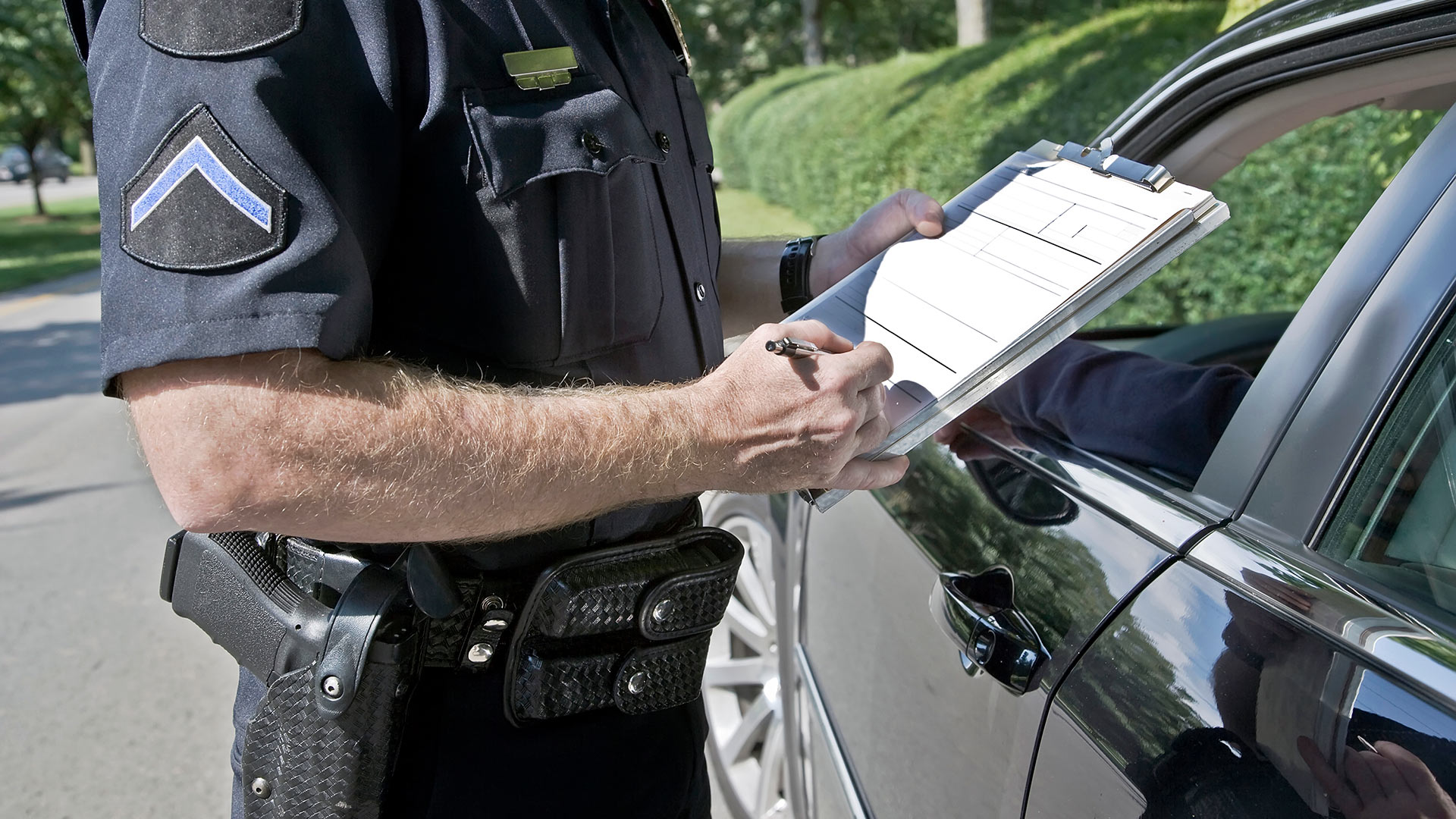[ad_1]

Controversy has erupted over charging decisions in a case where a Maple Grove police officer was dragged nearly 40 yards by a suspect during a traffic stop.
Law enforcement officials have since criticized the decision by Hennepin County Attorney Mary Moriarty to not add felony assault charges in the case.
The suspect, identified as Daniel Rudolph, faces felony charges for obstruction and fleeing a police officer, but the Minnesota Police and Peace Officers Association (MPPOA) argued that these charges fall short of addressing the severity of the incident.
The incident occurred on November 13, when a Maple Grove police officer conducted a routine traffic stop for tinted windows and failure to signal.
Upon discovering that Rudolph’s driver’s license was suspended and noticing an apparent finished alcohol container in the vehicle, the officer requested Rudolph to exit.
Dash-camera footage shows a calm interaction initially, with Rudolph even taking a breathalyzer test. However, the situation escalated when an officer attempted to search him, leading to Rudolph fleeing the scene in his vehicle.
Imran Ali, general counsel for MPPOA, expressed concern over the lack of a felony assault charge.
“That video could have ended so differently. And it should give everyone a pause, really. And then we don’t have any felony assault, no felony assault charge for the perpetrator that committed this act, this intentional act,” Ali stated.
Rudolph, a 40-year-old resident of St. Louis Park with a prior conviction for armed robbery, faces charges of obstruction and fleeing a police officer. However, the MPPOA argues that these charges do not adequately address the intentional use of the vehicle as a weapon against law enforcement.
If convicted, Rudolph could face five years in prison, although there is no mandatory minimum sentence.
The Maple Grove Police Department since released a statement, with Chief Eric Werner expressing his dismay over the charging decision.
“I am troubled and alarmed felony assault charges were declined by the Hennepin County Attorney’s Office,” Werner said.
Importantly, a felony assault charge comes with a mandatory minimum prison sentence, unlike obstruction and fleeing charges.
Ali argued that the prosecutor’s decision could have negative consequences on public safety by emboldening criminals.
“When we have a case like this not prosecuted aggressively, all it does is send a message to people in the community not only do you not pull over, but even if you do pull over, and if things aren’t going your way, flee since the consequences are going to be minimal,” Ali said.
Officer Brandon Gross, who was dragged by Rudolph’s vehicle, sustained a shoulder injury that kept him out of work for over two weeks.
Despite the severity of the incident, the Hennepin County Attorney’s Office maintains that it lacks sufficient evidence to support an assault charge.
In response to criticism, the office stated: “Unfortunately, we are unable to rely on false characterizations of the facts by individuals from interest groups who don’t have access to all the evidence in the case.”
The MPPOA contended that the evidence, including the intentional nature of the act as demonstrated by Rudolph’s actions during the incident, should warrant assault charges.
The union pointed to the suspects shouting, “I got you!” and turning off their headlights during the escape, as well as the officer’s arm being trapped inside the door with Rudolph attempting to shut it, as evidence of intent.
Ali further claimed the case highlighted a discrepancy in treatment between police and ordinary citizens, and was reflective of a broader leniency toward criminals.
“This charging decision represents an alarming trend from the HCAO where violent offenders are not charged, or under charged, with crimes. Minnesota law has long recognized vehicles being treated as weapons in these types of situations. It is alarming how police officers are treated differently than citizens in the eyes of the HCAO,” Ali stated.
As the legal proceedings unfold, the case has become emblematic of the broader debate surrounding the prosecution of violent offenders and the safety of law enforcement officers in the line of duty.
The outcome of this case may have implications for how similar incidents are addressed in the future, with concerns raised about the potential message sent to the community regarding the consequences of resisting or fleeing from law enforcement officers.
[ad_2]




